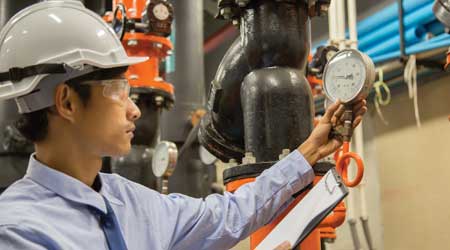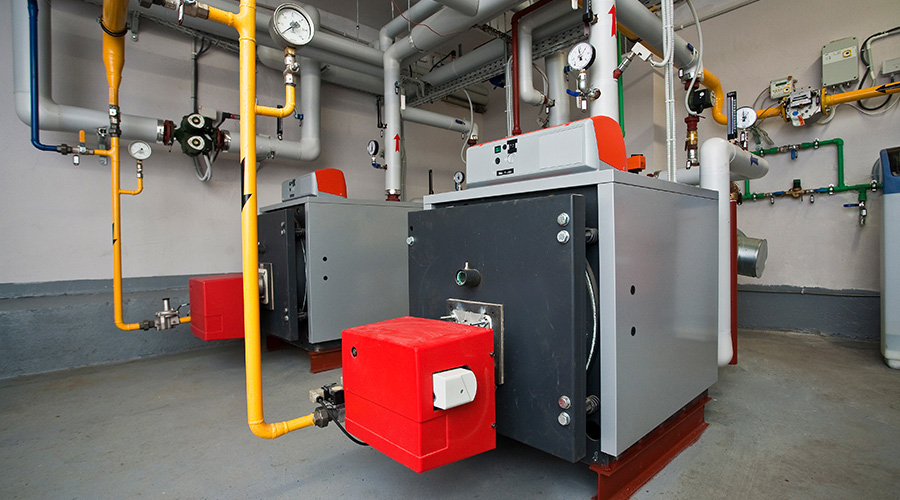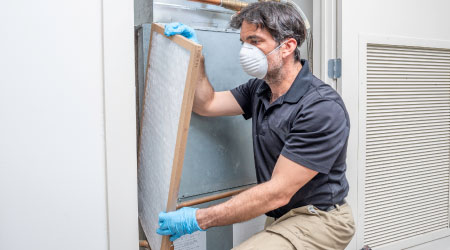Chillers: Specifying Equipment
Managers must incorporate long-term goals in chiller selection because it is a large investment with an extensive lifetime.
Using the information from the assessment and logistics investigation, managers next need to determine the type of chiller required. A manager might have a preferred manufacturer based on the current system, controls setup or vendor agreement. Most chillers last 25-30 years before the operation and maintenance costs outweigh the cost of replacement.
It is important to incorporate long-term goals in chiller selection because it is a large investment with an extensive lifetime. If the replacement project is in response to a chiller at the end of its useful life, a manager might consider installing temporary equipment to avoid the risk of an unexpected outage.
At this point, the team should have enough information to make a chiller selection. Even though the design is not complete, the major elements for choosing a chiller are in place. If possible, this point in the process is the best time to order new equipment. The rest of the design can take place without affecting product selection.
Preordering equipment shortens the schedule by nearly 30 percent, and it helps the construction team schedule installation in the best seasonal window. Using the purchased equipment also enables the design team to accommodate equipment connections, pipe routing, service clearances, and tube pull around the actual chiller being installed.
Closing the deal
If previous planning and investigation indicate the need for temporary equipment, managers need to determine the placement and installation of that equipment first. Consider the logistical requirements of installing the actual chiller when selecting the placement of the temporary piece. It is important to protect the path and installation site of the new chiller.
Managers must make sure to verify the connections and supporting systems. While this information was taken into account when specifying the chiller, minor construction might need to occur before installation to make more room.
The installation plan needs to include the construction schedule. It is helpful to install when the equipment is not in peak season. Chiller replacements are most successful in the winter, when cooling loads are at a minimum. Depending on the space the chiller serves, an acceptable amount of time during non-business hours might be available when the chiller can be shut down. But if the space is critical or incorporates 24/7 operation, the acceptable amount of downtime for the equipment could be much shorter.
Consider a retail space versus a hospital. A store generally has a 10-hour window when it is unoccupied. This time is a good window to install the new chiller. But in a hospital, most chiller zones include one or more critical spaces, which means the shutdown time for this equipment is much shorter. In some cases, an acceptable shutdown window might not exist, and this is where the temporary unit comes into play. Coordination between the facility and project team is vital to the success of these projects. Once the team determines the shutdown time, the installation team can outline the resources needed and schedule the construction.
Related Topics:















